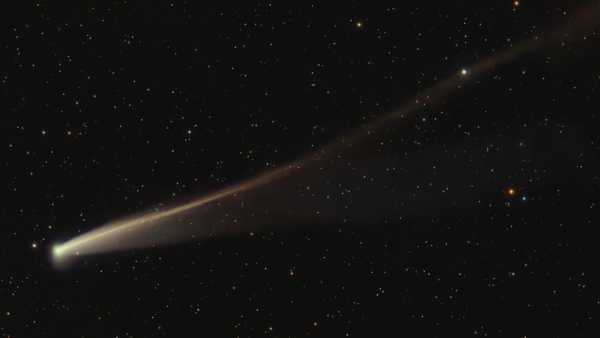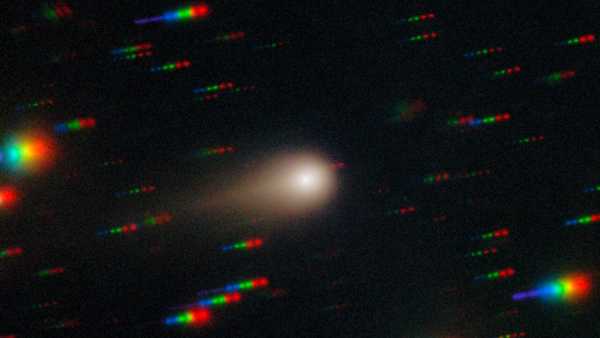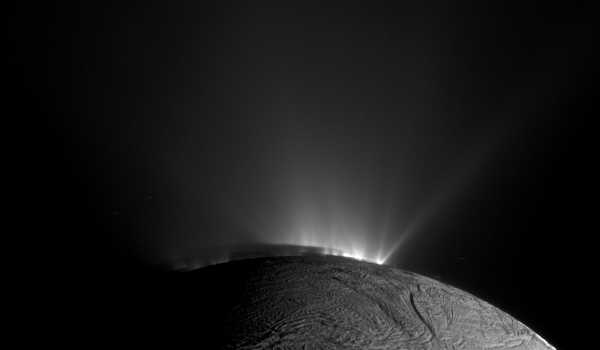
The Cassini spacecraft captured this image while observing the south pole of Saturn's icy moon Enceladus on November 30, 2010. Jets of water from the moon's subsurface ocean are visible escaping through cracks in the ice. (Image credit: NASA/JPL-Caltech/Space Science Institute)
Scientists have found that the molecular building blocks needed for life are “readily accessible” on Saturn's icy moon Enceladus.
At just 314 miles (505 kilometers) wide, Enceladus could fit inside Colorado, and with its liquid water, hydrothermal energy source, and chemical arsenal, it has the potential to harbor extraterrestrial life.
You may like
-
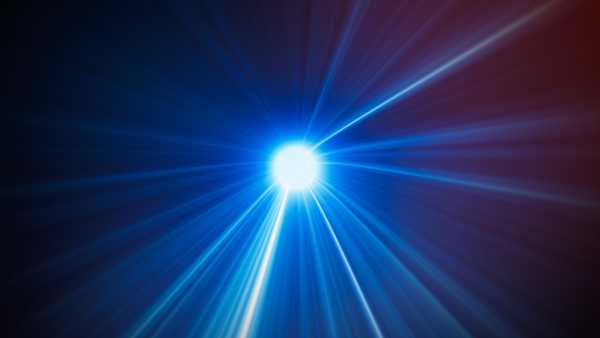
Cosmic rays may help support alien life on planets outside the “Goldilocks zone”
-
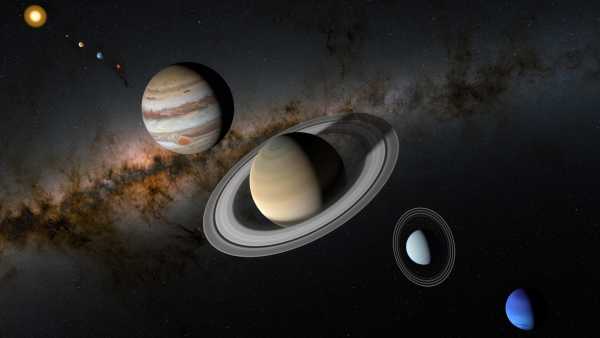
Where in our solar system could alien life exist?
-
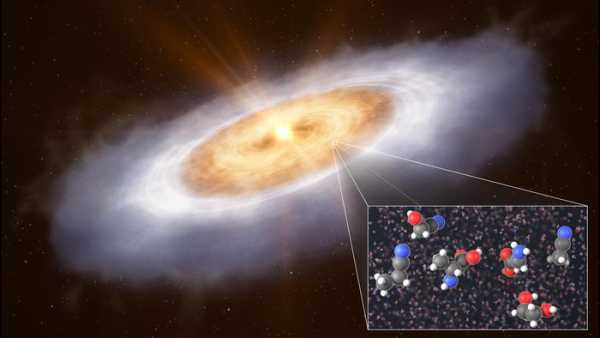
The building blocks of life may be much more common in space than we thought, a study claims.
However, most of these studies focused on relatively old ice grains deposited in Saturn's E ring—a diffuse ring outside the planet's bright main rings—after being ejected decades or centuries earlier. This meant scientists couldn't be sure that these compounds actually came from Enceladus and weren't the result of space weathering within the ring.
Astronomers have discovered organic molecules, possibly containing nitrogen and oxygen, in fresh ice particles spewed from Saturn's icy moon. The new study was published Wednesday (October 1) in the journal Nature Astronomy.
Secrets of the Ice Moon
In 2008, when Cassini flew through a geyser of freshly ejected icy particles from Enceladus, it collected data on the spray covering the spacecraft's cosmic dust analyzer. These particles struck the spacecraft at 18 kilometers per second (11 miles per second), so fast that water molecules didn't have time to clump together. This allowed the team to detect “previously hidden signals,” said study co-author Nozair Khawaja, a planetary scientist at the Free University of Berlin.
Researchers used mass spectrometry to analyze the chemical composition of molecules in fresh ice grains. They discovered chemical compounds that, on Earth, participate in reactions leading to the formation of complex molecules essential for life, including structures potentially containing nitrogen and oxygen.
RELATED STORIES
Saturn's icy moon Enceladus is likely at the “perfect age” for life to exist.
NASA has discovered a key ingredient for life gushing from Saturn's icy moon Enceladus.
Scientists have discovered 62 new moons of Saturn, increasing the total to 145—the largest number in the solar system.
“These molecules, which we found in the freshly ejected material, prove that the complex organic molecules discovered by Cassini in Saturn's E ring are not just the product of long-term residence in space, but are also readily present in Enceladus's ocean,” said study co-author Frank Postberg, a professor of planetary science at the Free University of Berlin.
Nozair noted that there are various ways these molecules could become biologically significant, “raising the likelihood that the moon is habitable.” However, he said, the absence of life on Enceladus would still be a significant discovery, as it would raise “serious questions about why life is absent from such an environment, given the right conditions.”
The European Space Agency (ESA) is planning a future mission to land a spacecraft on Enceladus's south pole to collect additional samples. The agency is targeting the early 2040s as the earliest possible launch date.
TOPICS Solar System

Sophie Berdugo, Social Link Navigator, Live Science Contributor
Sophie is a UK-based staff writer for Live Science. She covers a wide range of topics, having previously covered research ranging from bonobo communication to the first water in the universe. Her work has also appeared in publications such as New Scientist, The Observer, and BBC Wildlife, and her freelance work for New Scientist was shortlisted for the 2025 Association of British Science Journalists' Newcomer of the Year Award. Before becoming a science journalist, she earned a PhD in evolutionary anthropology from Oxford University, where she spent four years studying why some chimpanzees are better tool users than others.
You must verify your public display name before commenting.
Please log out and log back in. You will then be asked to enter a display name.
Exit Read more
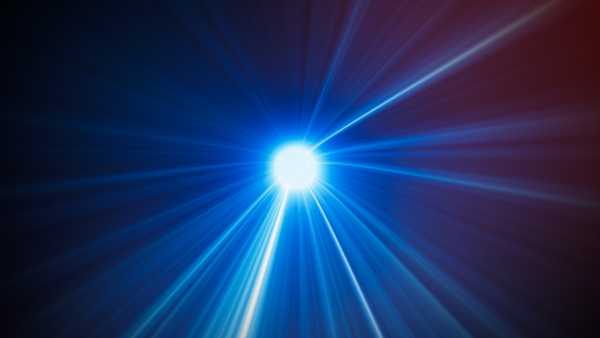
Cosmic rays may help support alien life on planets outside the “Goldilocks zone”
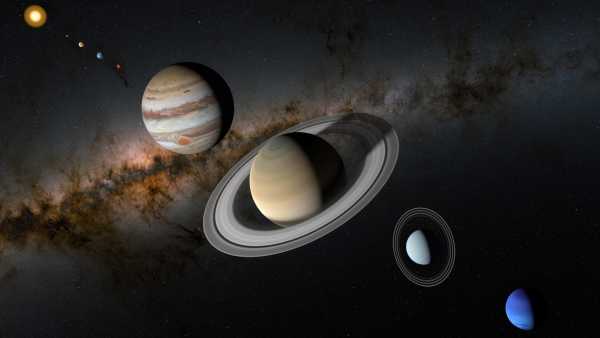
Where in our solar system could alien life exist?
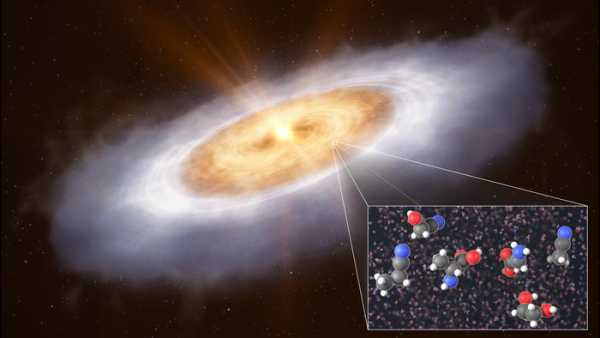
The building blocks of life may be much more common in space than we thought, a study claims.
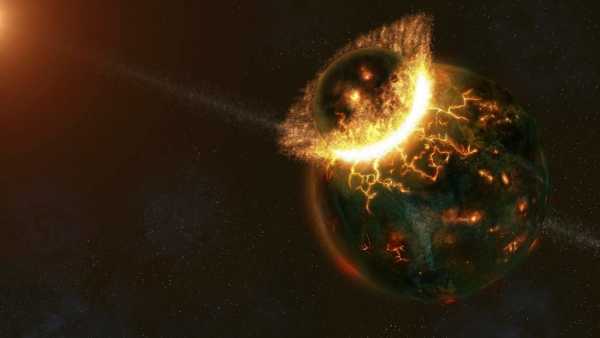
New research suggests that a catastrophic collision with a neighboring planet may be the reason for the existence of life on Earth.
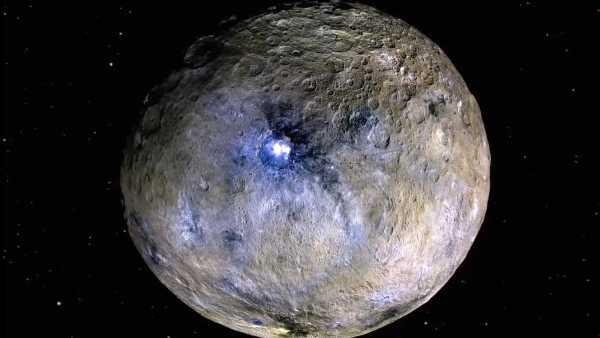
NASA has discovered that the dwarf planet Ceres has a hidden “energy source” that could have fueled the emergence of alien life.
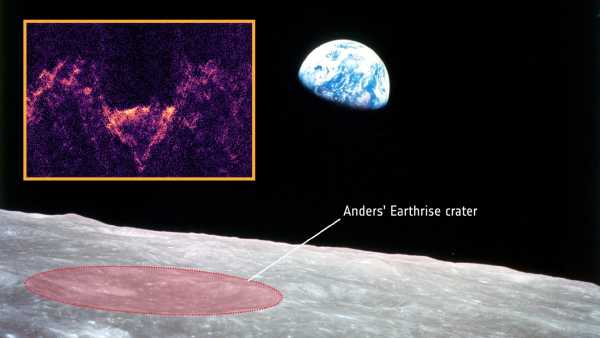
Scientists are scanning the famous Earthrise crater in search of alien life in our solar system.
Latest news about Saturn
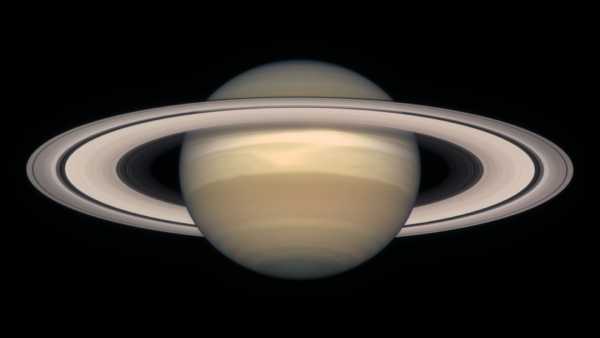
Saturn will be at its brightest and largest on September 21—here's how to see it.
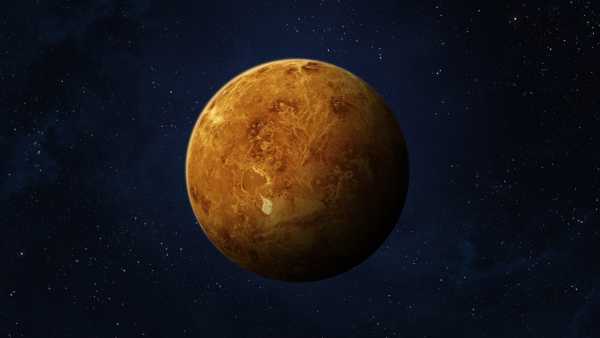
News, reports, and articles about Venus
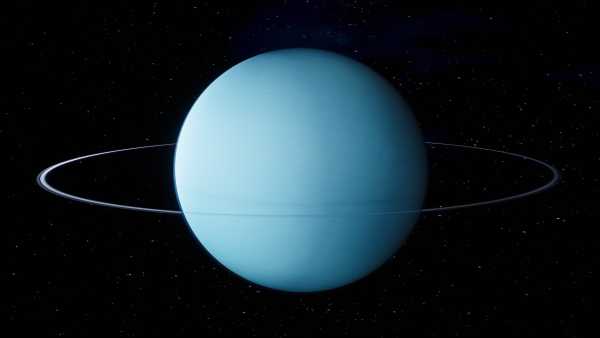
News, articles, and reports about Uranus
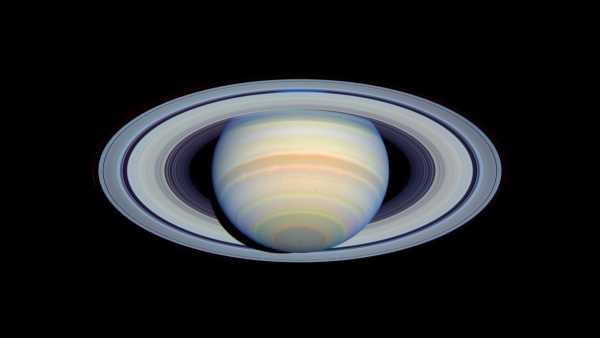
News, reports, and articles about Saturn
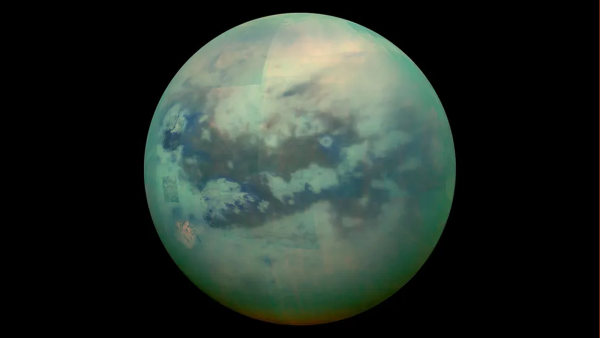
Titan, Saturn's largest moon, contains liquid. But something is missing, and scientists are baffled.
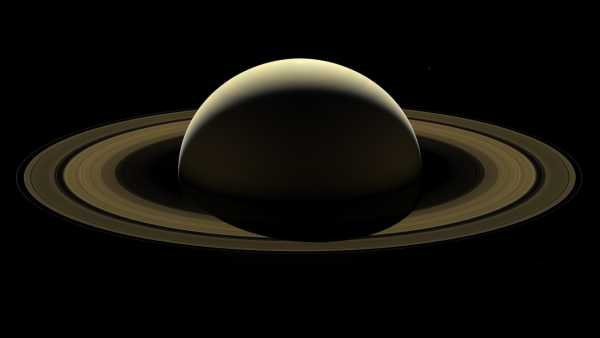
Saturn: Facts About the Ringed Planet
Latest news

Scientists transplant a kidney from blood type A to the universal blood type O and implant it into a brain-dead recipient.

Divers have recovered more than 1,000 gold and silver coins from the Treasure Fleet, a ship that sank in Florida in 1715.

HPV vaccination reduces the incidence of cervical cancer in both vaccinated and unvaccinated people.
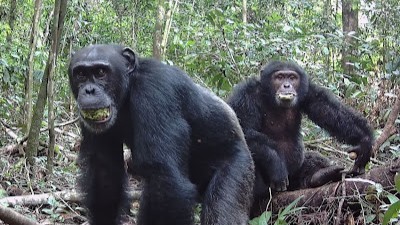
Chimpanzees eat fruits full of alcohol, but no, they don't get drunk.

Wildfire smoke-related deaths in the US could reach 70,000 a year by 2050 due to climate change, according to a study.
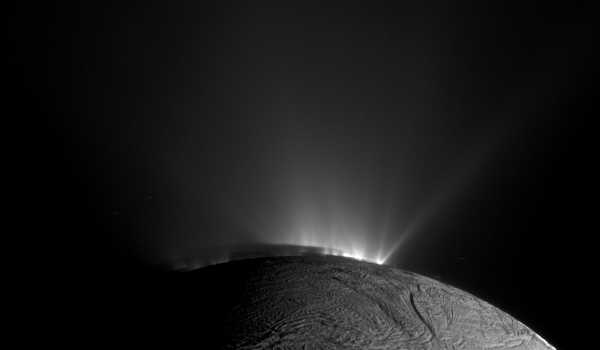
Scientists have found irrefutable evidence that the icy moon Enceladus is habitable.
LATEST ARTICLES

1Scientists transplant a kidney from blood type A to the universal blood type O and implant it into a brain-dead recipient
Live Science magazine is part of Future US Inc., an international media group and leading digital publisher. Visit our corporate website.
- About Us
- Contact Future experts
- Terms and Conditions
- Privacy Policy
- Cookie Policy
- Accessibility Statement
- Advertise with us
- Web notifications
- Career
- Editorial standards
- How to present history to us
© Future US, Inc. Full 7th Floor, 130 West 42nd Street, New York, NY 10036.
var dfp_config = { “site_platform”: “vanilla”, “keywords”: “type-news-daily,serversidehawk,videoarticle,van-enable-adviser-
Sourse: www.livescience.com



